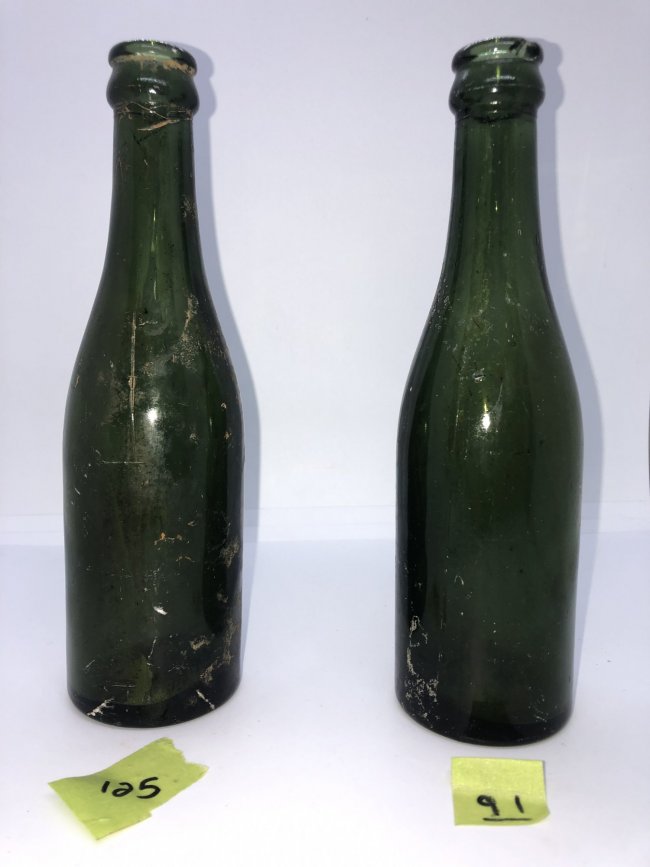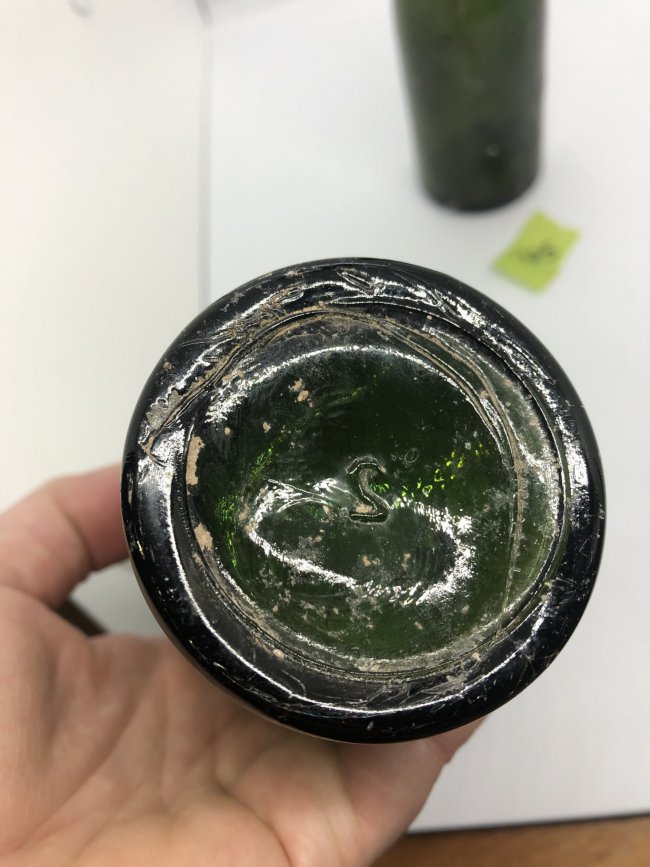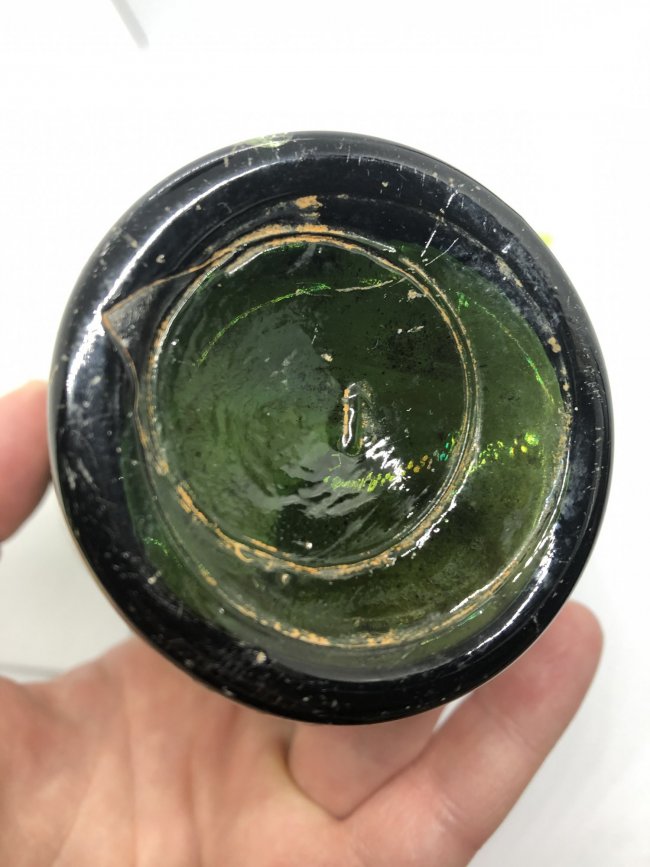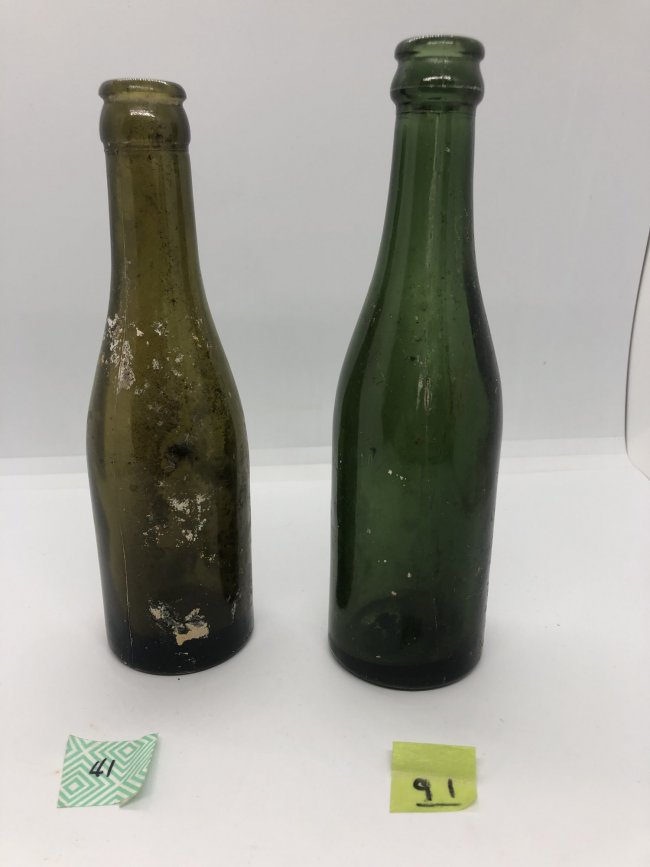ROBBYBOBBY64
Well-Known Member
Ever see one like this? My Canadian friends don't recognize it and it isn't American. Could be from the UK but why import to American, American beer? Dug in NJ dump.The conjoined AB mark continues to confuse. Julian Toulouse's "Bottle Makers and Their Marks" which was written by a bottle industry insider in 1971 says that it was Adolphus Busch 1904-1907. ABGMCo (Adolphus Busch Glass Manufacturing Company) was their more common mark used from 1886-1928. But there are lots of other opinions out there about the AB conjoined mark. I like Toulouse because he knew a lot of the people who knew the histories.
ROBBYBOBBY64.



Last edited:




